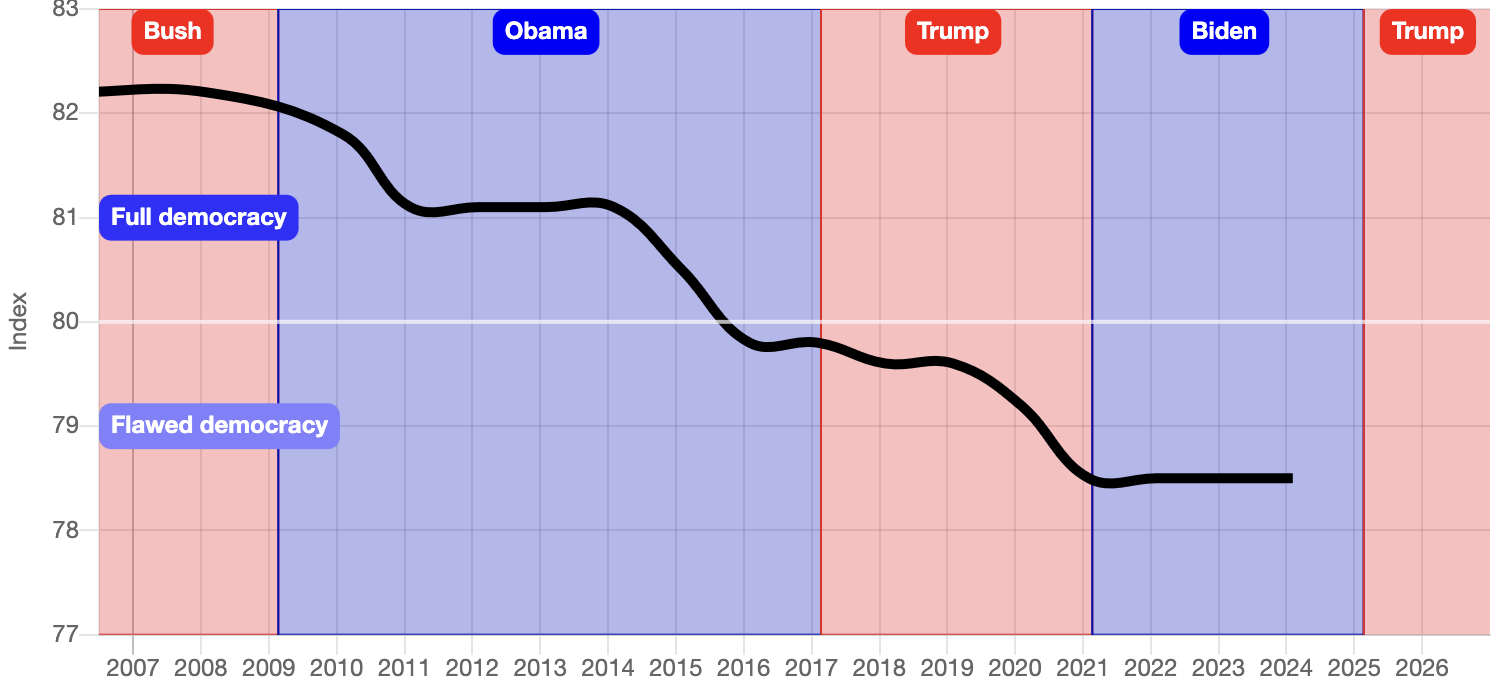

I use 36-hour format personally
Mastodon: @greg@clar.ke


I use 36-hour format personally


But why?
Encryption is not a crime *unless you’re doing it to someone else’s data to extort them for bitcoins


Isn’t this the same immigrant that got pissed about someone tracking his private jet?


Are the drivers Tokyo drifters? Cause that could explain it


Maybe it’s ten Zs or iron
Yes you can


I’m not a conservative and I agree with you.
How old is your son?


How many of those 200 applications did you deliberately install? That seems excessive even for all of those use cases.
And can you elaborate on these use cases, like I’m not sure why you would want a specific VM for bash scripting.


Facebook (Meta) owns WhatsApp. I don’t use WhatsApp and it’s a hassle because it’s popular here so having the ability to send messages to WhatsApp without having a WhatsApp account or app would be useful.


The same could be said for sending emails to a Gmail account. You won’t be forced to send messages to WhatsApp but you’d have the option. WhatsApp is popular where I live so having the ability to send messages to a WhatsApp account would be useful for me as I refuse to install or use any facebook apps.


It depends what country they are in


These seem like reasonable changes


No but this isn’t recent. My line in the sand was Russian interference in the 2016 US election that came to light in 2018.

*United States Democracy Index
It seems unfair to bash them


…no kidding?


We’re not dumb
I’m not suggesting this at all. I’m arguing that using “parts per 10 million” makes more sense to an American audience because fractions are more common in America. So using non common denominators is easier for an American audience. Whereas in metric countries, using standard denominators like thousand, million, billion, etc with decimals and significant figures is easier to interpret.
it’s a simple fact that comparing 5 to 20 is easier than comparing 0.05 to 0.2.
Sure, but you’re ignoring the additional cognitive load of using non common denominators. And losing the ability to easily compare these metrics with others.
Every engineer and scientist in the US uses metric
Imperial measurements are commonly used in construction & civil engineering in the US.


In metric countries, parts-per notation is common but it’s normally per million, billion, trillion, etc. Parts per 10 million is not common. Using an uncommon parts-per notation makes it difficult to compare between countries for instance as it’s unlikely that other countries are reporting in parts per 10 million.
The imperial measurement system uses fractions, 3/4 inch, etc. The metric system uses decimals, 19mm, etc.
So to represent this data in a metric country you would use per million inhabitants and use 2 significant figures. Decimals are easy for people who grew up in metric countries to understand.
I moved to Canada which used a lot of imperial measurements for building materials and tools (it’s a weird mix). I find the imperial system confusing with its use of fractions but I know lots of people that grew up with this system prefer it.
That’s why I think this globally uncommon per 10 million inhabitants might feel normal for Americans.
Wow, where do you live? This just sounds crazy to have to worry about this when deciding whether to involve the cops.